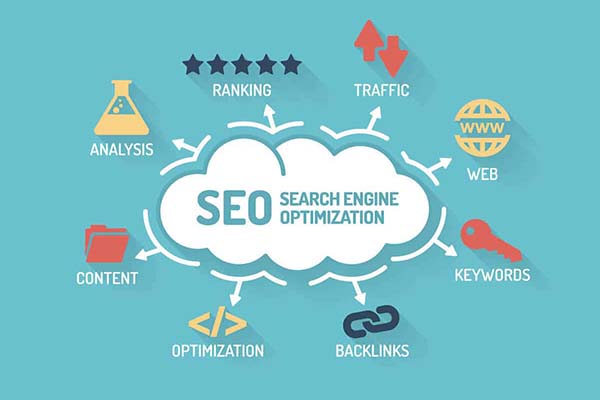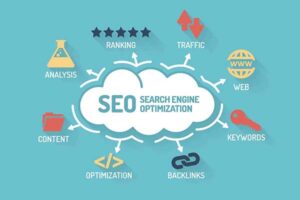In Search Engine Optimization (SEO), both internal and Backlinks play significant roles in improving a website’s visibility and search engine ranking. While internal linking optimization is often regarded as a crucial aspect of SEO strategy, it’s observed that many companies overlook its implementation during the actual website optimization process. This blog delves into the importance of internal and Backlinks in SEO digital marketing strategies.
The Evolution of SEO Strategy
The planning phase of any SEO project typically includes optimizing internal linking as a pivotal component. However, execution can deviate from this strategic plan. Companies might get caught up in various expansion projects, such as leveraging private domain traffic or focusing on social media marketing, thereby sidelining the optimization of their own websites. This divergence can lead to busy schedules without yielding desired results.
In today’s digital landscape, website optimization is intertwined with holistic marketing and promotion strategies, making it easy to lose focus amidst the multitude of tasks. Maintaining a clear path becomes challenging when strategies shift day by day, driven by the allure of different marketing avenues.
The Shifting Significance of Links
In the earlier days of SEO, Google Backlinks appeared to wield more pronounced effects on website ranking. During this period, by rapidly building numerous backlinks with specific anchor text, websites could rapidly climb search engine rankings. However, such practices weren’t necessarily conducive to search engine algorithms, user experience, or the credibility of legitimate businesses.
As search engines evolved and the internet landscape developed, SEO transitioned from its primitive stage to intense competition and eventually to a more stable phase. In the current transitional phase, websites are either phased out mercilessly or slowly gain stability through accumulated history.
The Present and Future of SEO
Presently, search engines aim to strike a balance between user experience satisfaction and the profitability of businesses operating within their platforms. This entails ensuring that businesses can generate revenue without overwhelming users with excessive advertisements. Strikingly, despite the rapid changes in the digital world, the essence of advertising on platforms remains consistent—like pasting small ads on telephone poles.
Viewed in this light, the competition for businesses, platforms, and users to coexist harmoniously in a commercial model remains an ongoing challenge. The relationship between advertising and users is a captivating topic in itself.
Importance of Internal Linking
Within this context, for website optimization, focusing on internal linking and maintaining the balance between user experience and business profitability becomes crucial. The underlying principle of internal linking is relevance and reasonability—the necessity of the link’s existence.
However, in practice, the temptation to add links beyond necessity can result in an oversaturated internal linking structure. Although internal links can have a positive impact on SEO rankings, excessive linking can dilute the user experience. Therefore, it’s important to strike a balance between meeting SEO goals and maintaining a user-friendly interface.
Regarding the form of internal links—naked URLs or anchor text—both have their place. While anchor text is ideal from an SEO standpoint, it’s important to consider user experience. Sometimes, naked URLs may be more appropriate, enhancing readability and user engagement. The choice of anchor text keywords should be flexible, allowing for synonyms and related terms that align with the user’s search intent.
Conclusion
In the rapidly evolving world of SEO, finding the equilibrium between internal and Backlinks while considering user experience and business profitability is paramount. While the past may have seen Backlinks dominate SEO strategies, the present and future focus on enhancing user experience without compromising the business’s potential for growth.
As businesses navigate the ever-changing digital landscape, a comprehensive approach is essential. While website optimization remains pivotal, it’s crucial to strike a balance within the broader marketing strategy.













